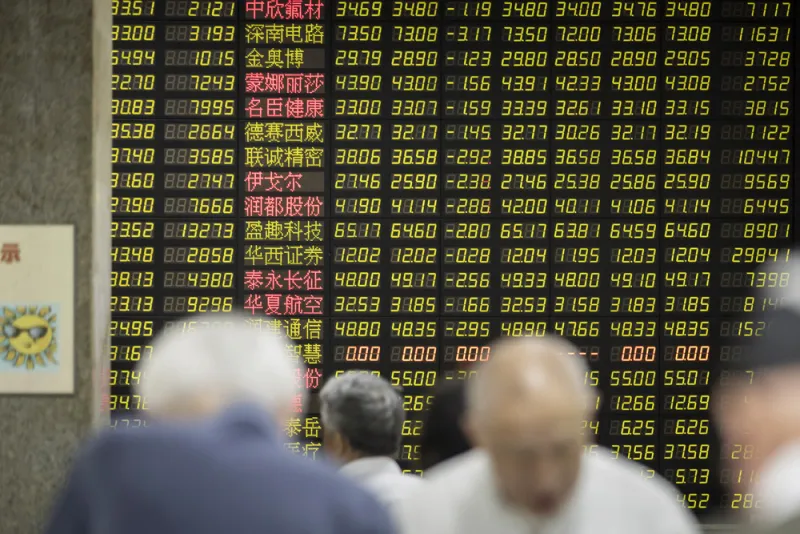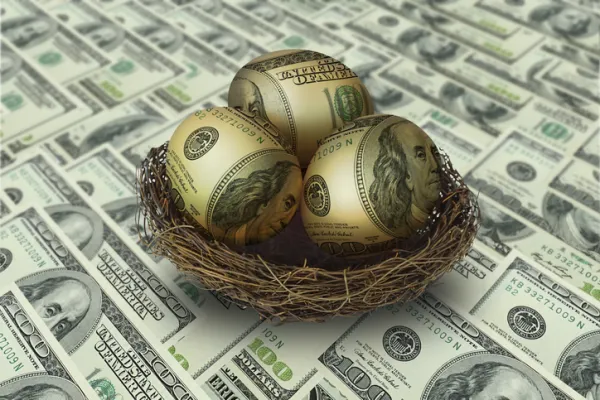Hedge funds focused on China have posted record gains this year, driving emerging markets assets in the industry to an all-time high despite trade concerns.
China-focused funds gained 16.1 percent through April, beating all hedge fund strategies and regional indexes globally this year, according to a Hedge Fund Research report Friday. Gains from hedge funds investing in other developing economies, including Russia and Eastern Europe, helped push hedge fund assets in emerging markets to about $234 billion at the end of March.
Markets have been bumpy partly due to global trade tensions, with President Donald Trump’s threat of increasing tariffs on Mexico causing stocks to fall globally on Friday. Many institutional investors see geopolitical events as the most likely trigger for a sustained downturn, with about 40 percent indicating in a recent survey by Wilshire Associates that the trade dispute between the U. S. and China may be the epicenter of the next correction.
Still, hedge funds focused on China saw capital surge almost 10 percent in the first quarter, to $53.3 billion, because of strong performance, according to HFR. This shows fund managers are finding good investment opportunities within the market’s swings this year.
“Risk-on, recovery sentiment prevailed despite fluid risks associated with ongoing trade tariff negotiations,” Kenneth Heinz, president of HFR, said in the report. “Funds which are able to navigate this fluid environment are likely to lead both Asian and global industry performance and growth in 2019.”
Hedge funds focused on Russia and Eastern Europe gained 8.5 percent through April, while managers investing in Latin America index gained 6.4 percent, according to HFR. The firm’s Latin America index tracks hedge fund performance in Mexico, Central and Latin America, and countries in the Caribbean.
Trade tensions are escalating with Mexico after President Trump said in a May 30 tweet that he would keep raising tariffs on the country until it stopped the flow of “illegal migrants” to the U.S. The White House said the tariffs would begin at 5 percent on June 10 and could rise as high as 25 percent at the start of October.
Stock markets fell Friday on the news, with the Standard & Poor’s 500 index down about 1 percent in afternoon trading for a year-to-date return of about 10 percent.
[II Deep Dive: Institutional Investors Think They’re Ready for the Next Downturn]
UBS Group’s wealth management unit warned in a May 17 report that a breakdown in trade talks leading the U.S. to impose tariffs on the rest of the goods it imports from China would cause stocks to plunge. In this “downside” scenario, to which UBS assigned a 30 percent probability, Chinese equities could fall by 15 percent to 20 percent and the S&P 500 index by 10 percent to 15 percent over a six-month period.
“The current trade tariff volatility and tension between rapidly oscillating risk-off and risk-on sentiment is likely to dominate financial markets over the intermediate term,” HFR’s Heinz said.







